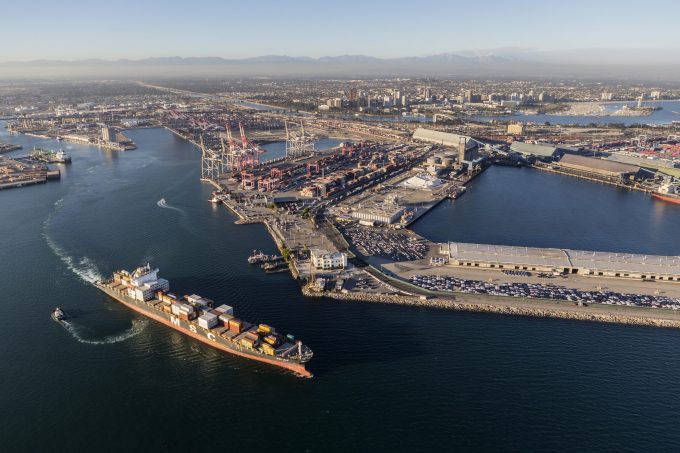More than 220 China-built ships at risk from US trade reprisal
About 1.29m teu of ocean capacity – equivalent to 17% of the containerships calling at ...

A rates war on the Asia-US West Coast tradelane is under way, as newcomer transpacific carriers offer lower rates to gain market share.
This has forced the established mainline operators to drop their rates to hold onto customers.
According to Linerlytica’s report this week, while the Shanghai-US West Coast rate on 23 August stood at $5,955 per 40ft, down 10% from the previous week, actual rates are more than $1,000 lower.
Linerlytica said: “Several of ...
Transpacific sees first major MSC blanks as rates fall and volumes falter
'It’s healthy competition' Maersk tells forwarders bidding for same business
White House confirms automotive tariffs – 'a disaster for the industry'
New price hikes may slow ocean spot rate slide – but for how long?
Shippers snap up airfreight capacity to US ahead of tariff deadline
Supply chain delays expected after earthquake hits Myanmar
Tighter EU import requirements proving 'a challenge' for forwarders

Comment on this article